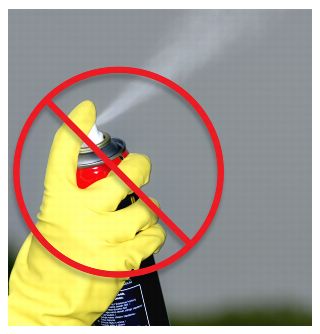
The inappropriate use of pesticides in the 1950s led one federal employee, Rachel Carson, to raise awareness of the public health hazards of these chemicals. Her efforts led to a new more ecologically conscious approach to pest management, called Integrated Pest Management (IPM). The EPA states IPM is an effective and environmentally sensitive approach to pest management that relies on a combination of common-sense practices. IPM programs use current, comprehensive information on the life cycles of pests and their interaction with the environment. This information, in combination with available pest control methods, is used to manage pest damage by the most economical means, and with the least possible hazard to people, property, and the environment.
In establishing an IPM program, the U.S. Postal Service implemented pest control practices that minimize harm to the ecosystem, human health, and the environment. The USPS IPM emphasizes the use of nonchemical control techniques over the use of chemical controls but does not eliminate using pesticides. Those techniques include the following:
n Use of mechanical traps, physical barriers, or sticky paper.
n Spraying nondetergent insecticidal soaps, garlic, hot pepper, or vinegar on pests.
n Elimination of any areas of standing water to eradicate mosquitoes.
n Removal of diseased and insect-infested plant parts.
n Good housekeeping so as not to attract pests.
Always consider using nonchemical control methods before using pesticides, both indoors and outdoors. USPS currently has an integrated Pest Management National Contract with Ecolab. It’s the preferred method for pest management at most USPS facilities. Ecolab’s highly trained service specialists understand pest biology and behavior and apply that knowledge to identifying and addressing pest issues at Postal Service facilities. Additionally, Ecolab uses nonchemical solutions and technologies wherever possible, and can provide innovative solutions to meet Postal Service needs. Ecolab currently services 3,653 postal facilities that are implementing IPM.
Become more familiar with the importance of Integrated Pest Management by reviewing the information found on the USPS Home Page.
n USPS Sustainability website: http://blue.usps.gov/sustainability/
n Management Instruction AS-550-95-10, Integrated Pest Management: http://blue.usps.gov/cpim/ftp/manage/a5509510.pdf
